-
×
-
×
-
×
-
×
-
×
-
×
-
×
-
×
Purple Vampire Crab - Geosesarma Dennerle - Decapod Crustacean 1 × £7.74
-
×
Subtotal: £206.12








 Purple Vampire Crab - Geosesarma Dennerle - Decapod Crustacean
Purple Vampire Crab - Geosesarma Dennerle - Decapod Crustacean 





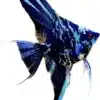

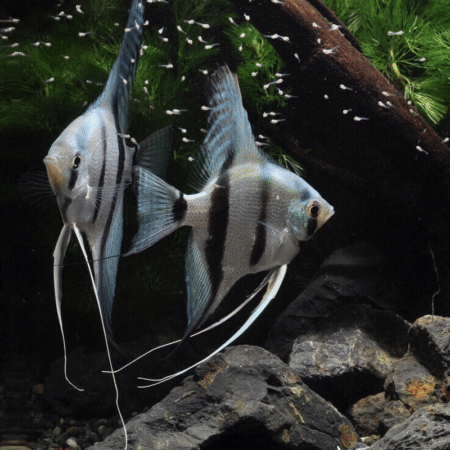
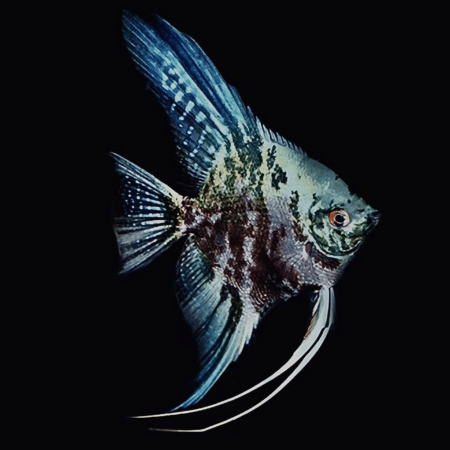
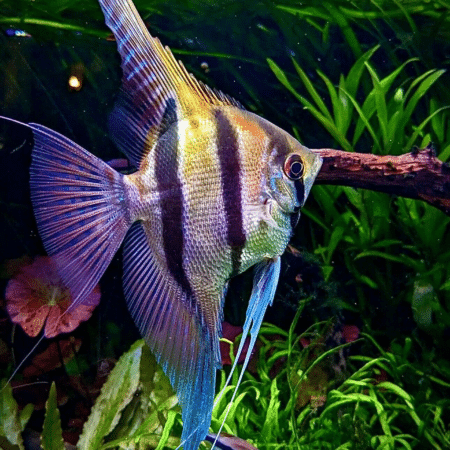


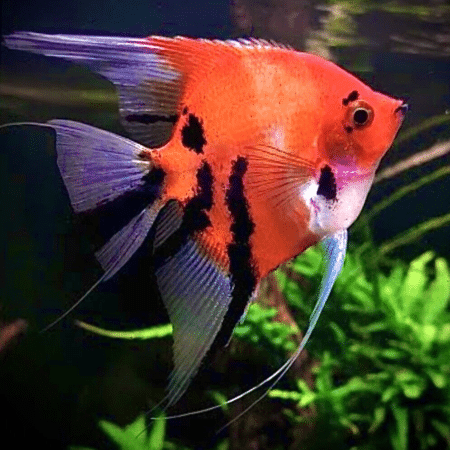
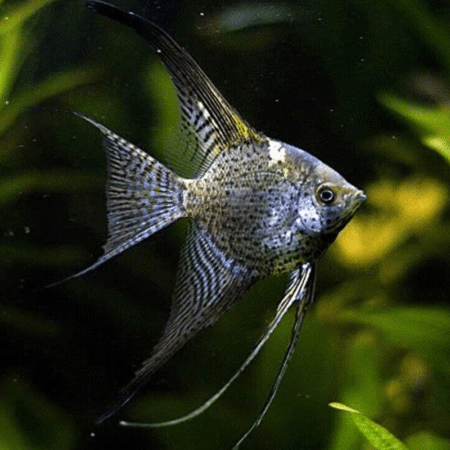
Emily Carter (verified owner) –
I recently purchased a pair of White Platinum Angelfish, and I couldn’t be happier! As an experienced hobbyist, I’ve kept various freshwater angelfish over the years, but these little beauties truly stand out. Their vibrant white color with hints of platinum creates a stunning visual in my 55-gallon tank. Since introducing them about two weeks ago, they’ve adapted so well and even started exploring their new home right away. I love how they swim gracefully together, showcasing their natural bonding behavior, which is so heartwarming to observe.
What sets these angelfish apart from others I’ve tried is their health and vitality. They arrived promptly, well-packaged, and most importantly, in great condition—no signs of stress at all. I did notice they prefer a slightly warmer water temperature, around 78°F, so make sure to adjust your heater accordingly. This pair is perfect for anyone looking to add colorful angelfish to their aquarium, especially if you’re hoping to breed them in the future. Overall, I highly recommend these angelfish to anyone serious about their fish welfare. They truly brighten up my aquatic community!
Emily Carter (verified owner) –
I recently purchased the 2 X White Platinum Angelfish mix (male and female, size 2-4 cm) and I couldn’t be happier! These freshwater angelfish are not only beautiful with their shimmering scales, but they also have such vibrant personalities. I added them to my planted tank about a month ago, and they have settled in wonderfully. Watching them swim among the plants brings so much joy to my day.
Compared to other angelfish I’ve owned, these ones have been particularly easy to care for. They’re not overly aggressive, which is a huge plus when you have a community tank. Their size is perfect too, as they fit in well with my other fish without any issues.
I did notice that they appreciate a bit of hiding spots, so I recommend adding some driftwood or caves to your setup. This helps them feel secure. Overall, I highly recommend these angelfish for anyone looking to enhance their aquarium. They would be perfect for both newbies and seasoned aquarists alike. The shipping was quick, and they arrived healthy and vibrant. Would definitely buy again!